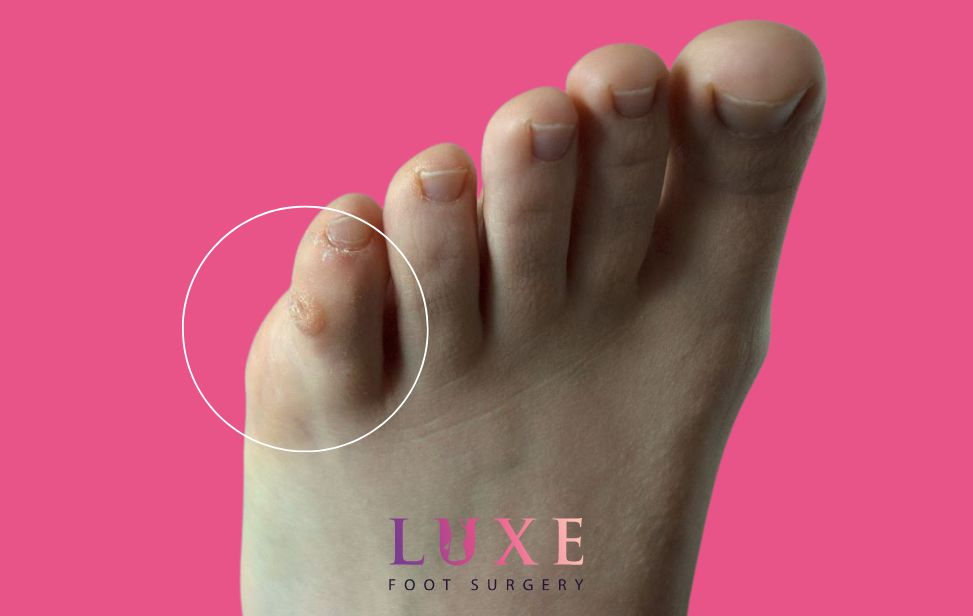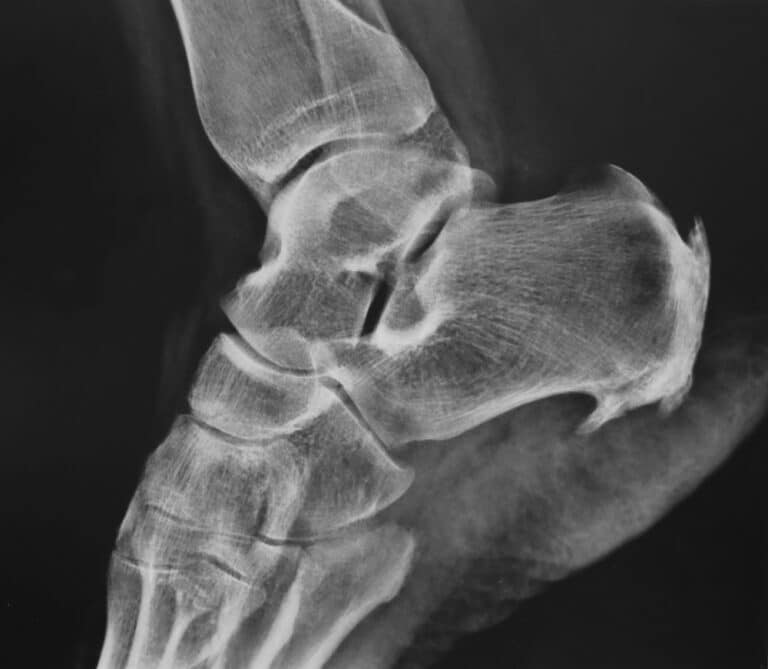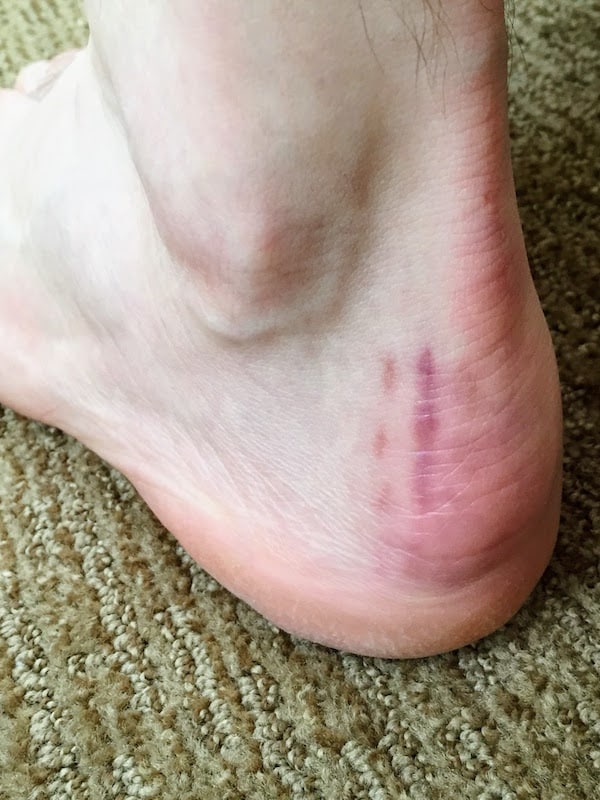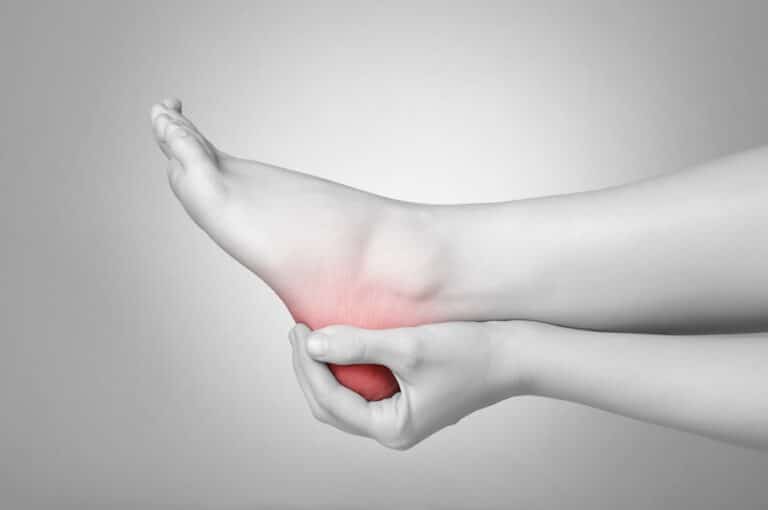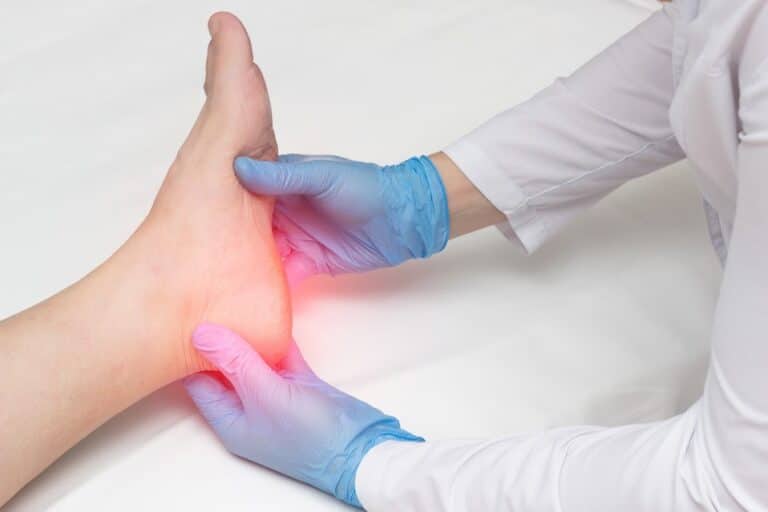Hard corns will get worse over time if you don’t do anything to remove them. They might become painful and affect a bigger portion of the skin. Before going to the doctor, try to use our instructions on how to get rid of hard corn on right pinky toe. Since they generally form on the pinky toes, we’ll show you what works best when you have one on the right pinky toe. Bear in mind that the last option is always hard corn removal surgery.
Get a 10% Discount on Corn Removal Surgery
How to Be Sure You Have a Hard Corn?
The initial signs are always discomfort while walking and a hardened area of skin on your right pinky toe. If you examine your foot and notice there are circular areas of thickened skin which is painful when you press on it, you definitely have a hard corn. If you want to be completely sure, pay a visit to a doctor, preferably a podiatrist, that will diagnose your condition accurately.

What Home Remedies Can Help You Get Rid of Hard Corn on Right Pinky Toe?
Actually, the right remedies for treating a pinky toe hard corn are not at all different from the standard remedies used for treating a corn on other toes or even on the bottom of the foot. The standard methods include filing it with a pumice stone, applying a cream with salicylic acid, and washing the feet with warm water. However, let’s discuss how to effectively use remedies that are recommended.
Soaking the Right Pinky Toe in Warm Water
Like with any other corn, whether it’s soft or hard, the first thing one needs to do is soak the feet in warm water. The right amount of time the feet need to be submerged is approximately 15 minutes. After 20 minutes, the water will cool down as well. Then, the feet need to be dried, and a lotion with salicylic acid can be applied to the affected area.
Applying a Corn Plaster or Pad on Your Toe
Corn plasters and pads can be helpful when all other natural remedies fail. They are specifically designed to soften the skin and help you get rid of the hard corn. The plasters are medicated, and they contain salicylic acid.
Also, they will protect the foot from friction and pressure. If you want to apply pads or plasters, wash your feet, dry them, put the corn plaster over the affected area, and wear them for a day or two. Then you can remove the old plaster and place a new one until the corn is softened.

Use of Over-The-Counter Salicylic Acid Treatments
Salicylic acid is the prevalent ingredient found in over-the-counter callus and corn removal products. It works by softening the skin and breaking down the hard corn gradually. These products come in the form of liquid solutions or patches that are applied to the affected area. The products need to be used daily for them to be effective.
Use Apple Cider Vinegar or Essential Oils
Apple cider vinegar is recommended for people who have a pinky toe hard corn. You can place a bit of cider vinegar on a cotton pad and dab it on the hard corn, оr you can place the cotton pad on the toe for a longer period of time. The same can be done with essential oils that can soften the skin tremendously. The best essential oils one can use are tea treat oil and lavender oil.

When Should You Have a Consultation With a Podiatrist or Foot Doctor?
If the hard corn is causing difficulties while walking or running, the podiatrist should examine your foot. If you are no longer able to do your daily activities or the hard corn is too painful, the situation has grown worse, and a professional needs to advise you whether you would benefit from a corn removal surgery. We recommend immediately calling a doctor before there is any risk of infection.

Schedule Corn Removal Procedure With Your Surgeon in Miami
Are you having trouble deciding where you should schedule an appointment with a doctor? Don’t worry – at Luxe Foot Surgery, you will be in capable hands. Contact us and schedule a corn removal surgery with our surgeons in Miami quickly. The patient needs to feel reassured every step of the way, and we make sure that all questions are answered, and that the patient knows what the course of action will be. Don’t hesitate to contact us and get your pinky-toe corn removed.
FAQ
Do Pinky Toe Corns Go Away?
Pinky-toe corn can go away, but it depends on the cause and how well they are treated. Corns are typically caused by pressure or friction on the skin, such as from wearing tight or poorly fitting shoes. If the cause of the corn is addressed and the pressure or friction is reduced, the corn may go away on its own over time.
What Causes a Corn on Your Pinky Toe?
Hard corn on the pinky toe is caused primarily by pressure and friction on the skin. When the foot is subjected to repeated rubbing and pressure, the skin will harden and thicken so as to protect itself. This all results in the development of hard corn.
How Do You Get Rid of Corns Permanently?
Removing corn permanently is possible, but you have to stay consistent, so the results remain. Our recommendations are to wear properly fitting shoes, use shoe inserts, keep your feet dry, and consider medical treatments.
Can You Dig Out a Corn on Your Toe?
It is not recommended to dig out a hard corn on your toe by yourself, as this can lead to infection, bleeding, and other complications. Corns can be quite deep, and attempting to remove them on your own can cause damage to the surrounding skin and tissue.
References
- Healthline. (n.d.). Pinky Toe Corn: Causes, Symptoms, and Treatments. Retrieved from https://www.healthline.com/health/pinky-toe-corn
- Cleveland Clinic. (n.d.). Corns and Calluses. Retrieved from https://my.clevelandclinic.org/health/diseases/16896-corns-and-calluses
